2024 Plein Air Art Competition
The annual Draíocht ‘pleinair’ art competition will be held on Sunday 25th August 2024. This will be our sixth open air art competition and we are hoping for an ever
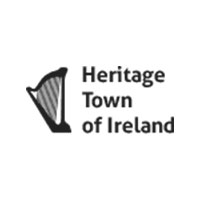
Welcome to Adare, County Limerick, host of the 2027 Ryder Cup and celebrated as Ireland’s Prettiest Village. Founded in the 13th Century, Adare offers top-quality accommodations in hotels, self-catering, and B&Bs. Immerse yourself in our tranquil village adorned with charming thatched cottages, historic buildings, and churches. Enjoy shopping at boutiques and craft shops, and savour meals at award-winning restaurants, coffee shops, and bars featuring traditional Irish music evenings.
Discover over 20 walking trails on our website. Adare features over 20 golf courses, including Adare Manor GC and the Golf Course at Adare Manor, offering an exceptional experience for golfers. Explore essential visitor services on our official guide to Adare, Ireland’s Prettiest Village.
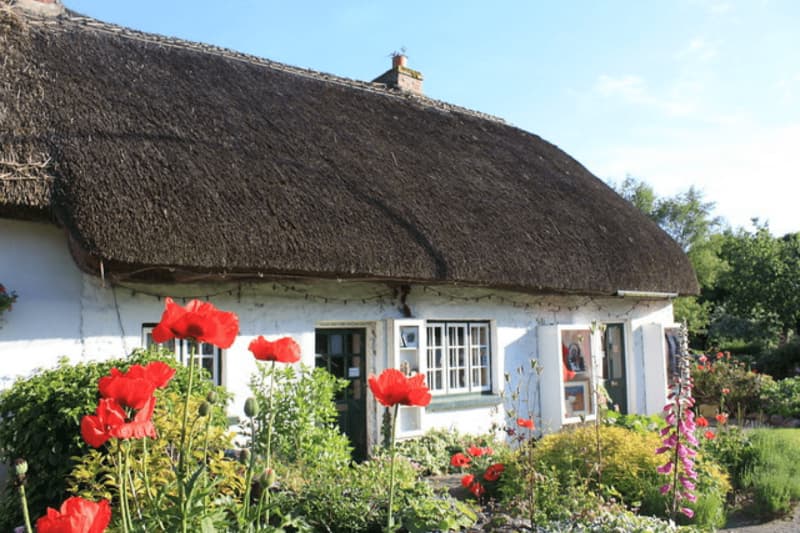
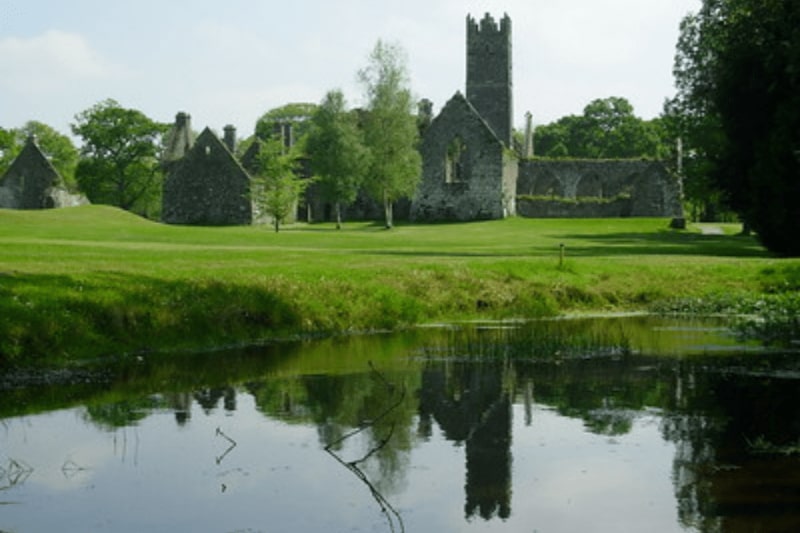
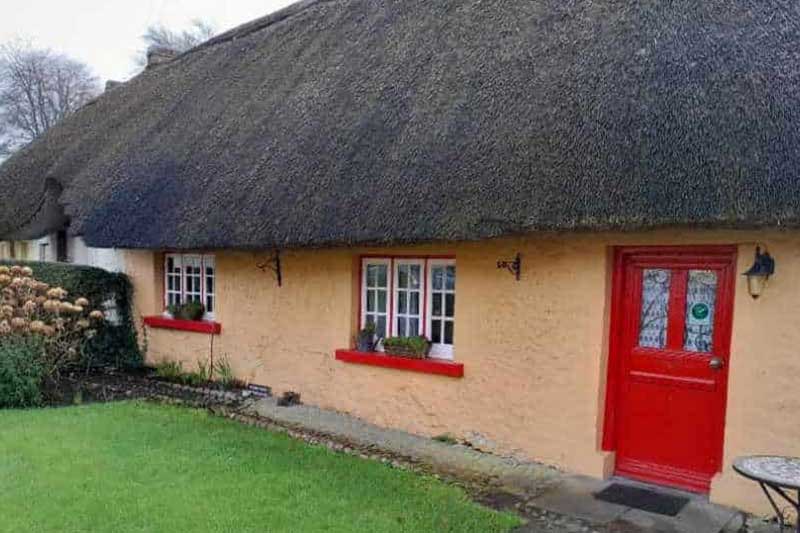
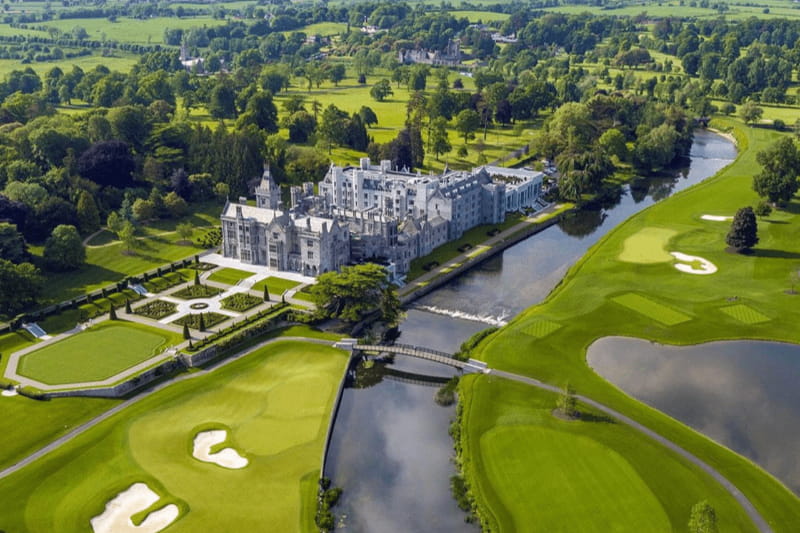
The hotels in Adare offer excellent accommodation to those staying for a short or a long time. There are spa breaks, golf breaks and other great deals on offer throughout the year.
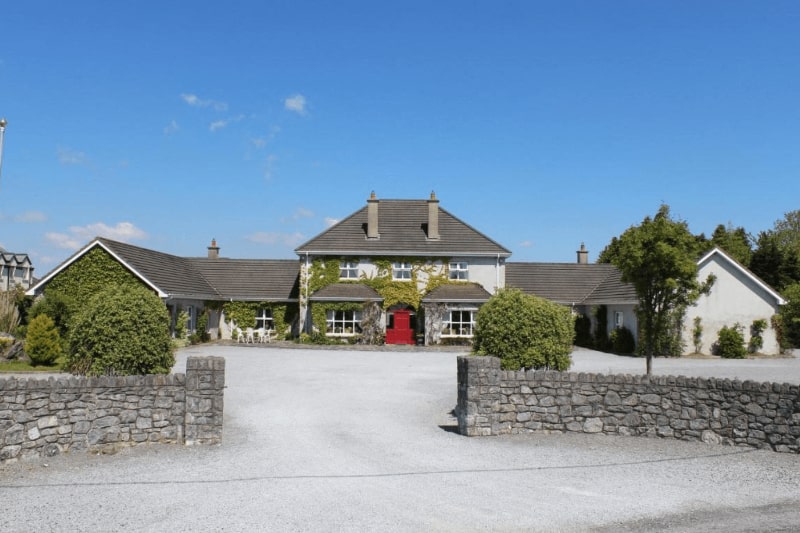
Adare B & B accommodation has been welcoming visitors to Adare for many years. Stay in the village close to the hotels, restaurants and bars or relax in the beautiful countryside on the outskirts.
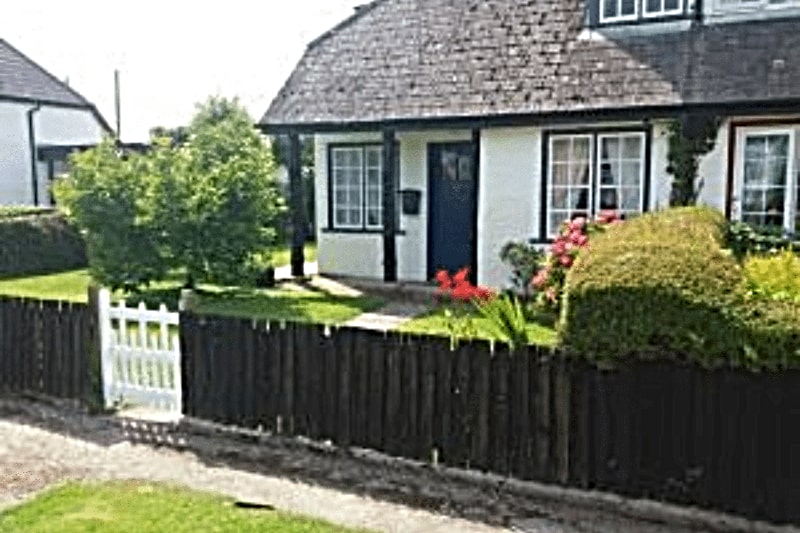
Adare offers visitors a choice of well appointed luxurious Self-Catering houses and apartments, some within walking distance of the village and others just a short drive from the village.
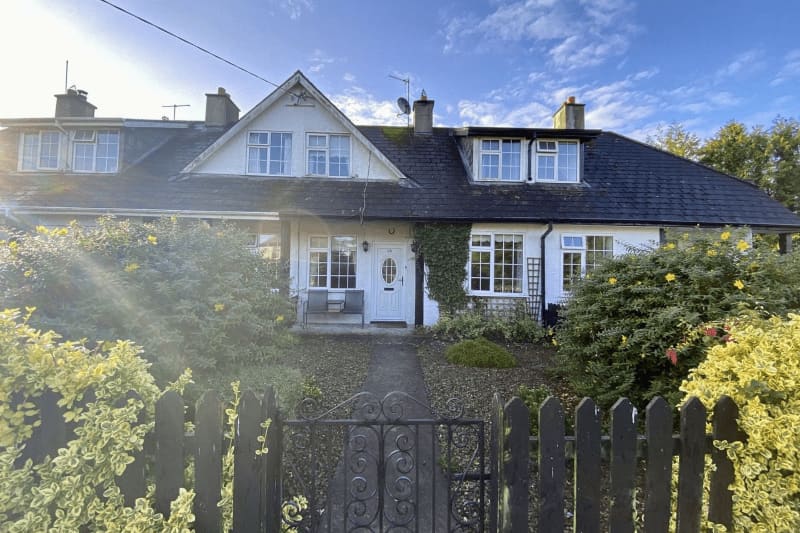
John Giltinane & Associates are delighted to bring to the market this lovely 4 bedroom family residence within walking distance from the beautiful village of Adare and only 15 minutes from Limerick city.

Adare is considered to be one of the best dining locations in Ireland, catering for all tastes. Our restaurants and hotels are regular winners of prestigious national and international food awards and due to their popularity you are advised to book in advance. Our bars also serve superb food and are open until late each day to cater for visitors and they hold regular music sessions, which include traditional Irish music, to be enjoyed while you savour your favourite tipple.

Adare offers visitors an excellent choice in fashion boutiques, stocking exclusive ladies fashion brands. That is why Adare village is considered to be The Fashion Centre of the Mid-west of Ireland. Our many boutiques stock leading high street labels and many of them have carried out extensive improvements to their premises to cater for the increase in interest in shopping for fashion in Adare. Adare has well stocked supermarkets with fresh produce, vegetables and bread, and off licences.
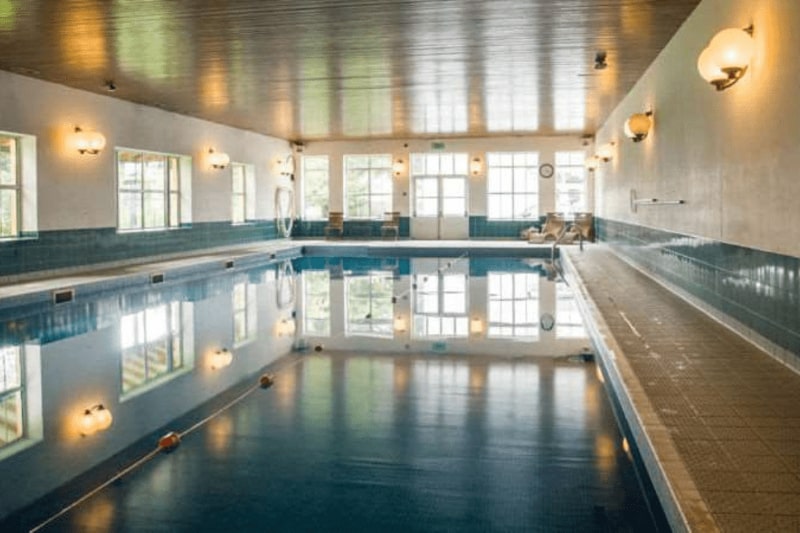
Listen to live Irish music, play golf, shop for local crafts, visit arts and antiques shops. Try falconry and archery; explore Adare's rich heritage with a guided walking tour or plan a walking holiday of the region; visit our weekend country market; go horse racing or greyhound racing in nearby tracks. Experience luxury spa and beauty treatments; Adare has so much to offer visitors. https://youtu.be/G4lFllsBmrA

Adare is one of the top wedding locations in Ireland and has been chosen by world famous sports people and actors to celebrate their weddings. We have three churches dating back hundreds of years. Our hotels, Adare Manor, Dunraven Arms, Fitzgerald’s Woodlands House Hotel and the Mustard Seed are renowned for hosting wedding receptions and there are spectacular photographic locations to choose from including the Desmond Castle.
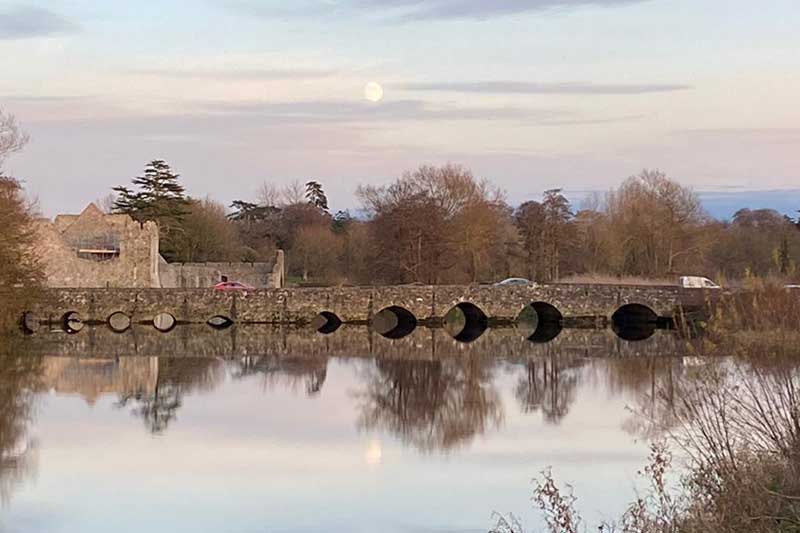
Adare is the perfect holiday base for those who love to walk, explore and relax. With over twenty exciting visitor attraction locations, including ancient castles, museums, cathedrals, Ireland’s first hydro-electric power station, stunning views of the river Shannon and scenic walks, all within a short distance away, Adare is the ideal place to stay, the whole year round. Visit our historical sites and buildings of universal interest, as outlined in “History and Historic Sites” on this website.

Adare Village has three supermarkets, offering visitors a wonderful choice of top quality food products; Garvey's Centra, Londis and Gala also sell wines, spirits and beers in their well-stocked off licenses. Vokes is the ideal store for your gifts and hardware. Check out our renowned fashion boutiques stocking leading high street labels.

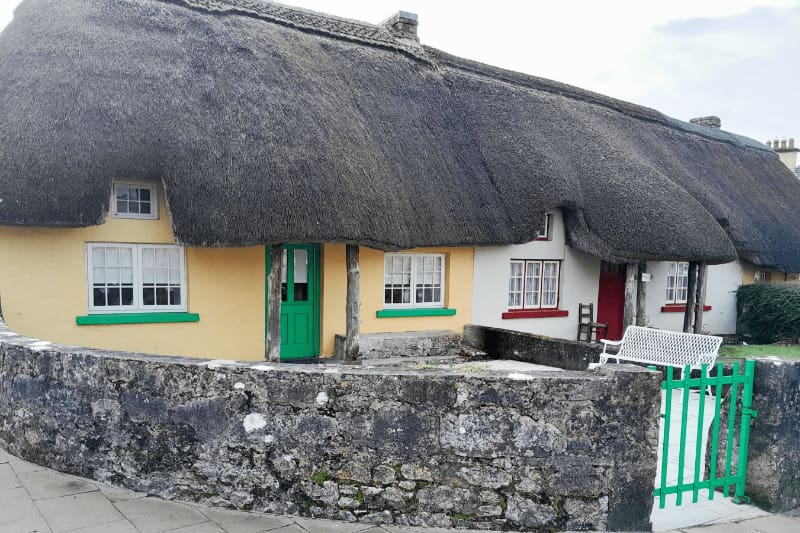
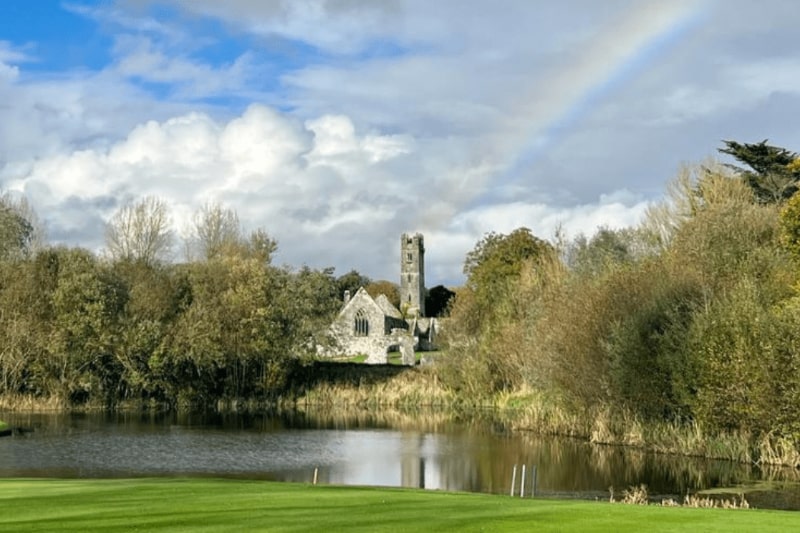
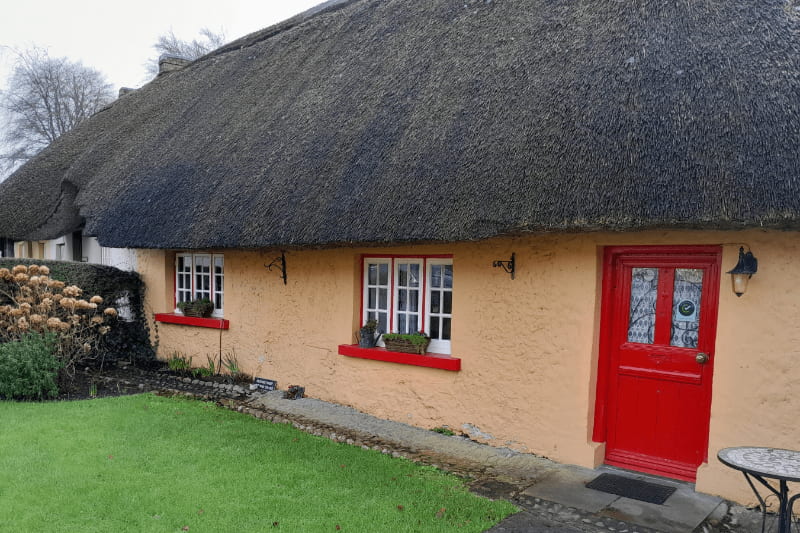
The latest news from Adare
The annual Draíocht ‘pleinair’ art competition will be held on Sunday 25th August 2024. This will be our sixth open air art competition and we are hoping for an ever
For accommodation options, visit www.adarevillage.com/accommodation For other inquiries or website requests, please use the contact form below